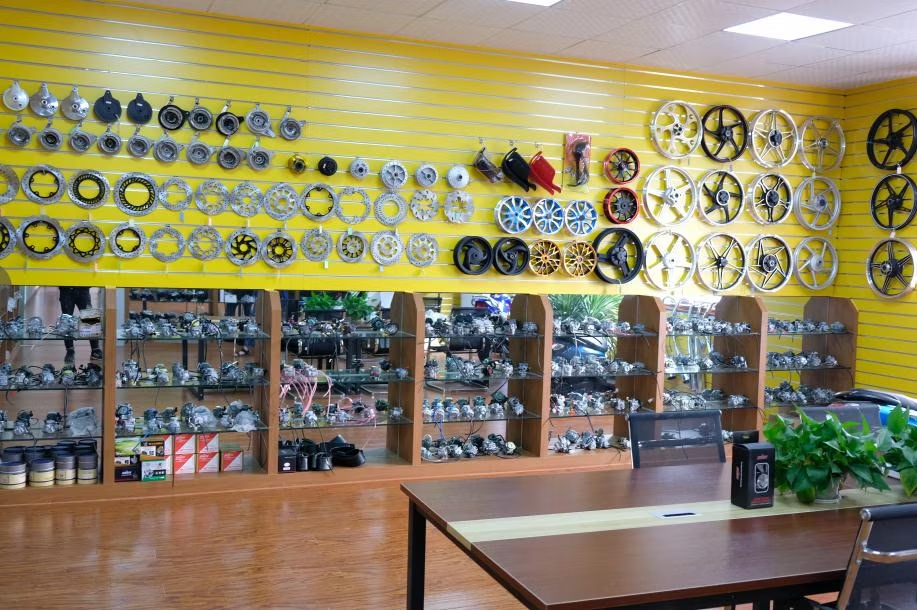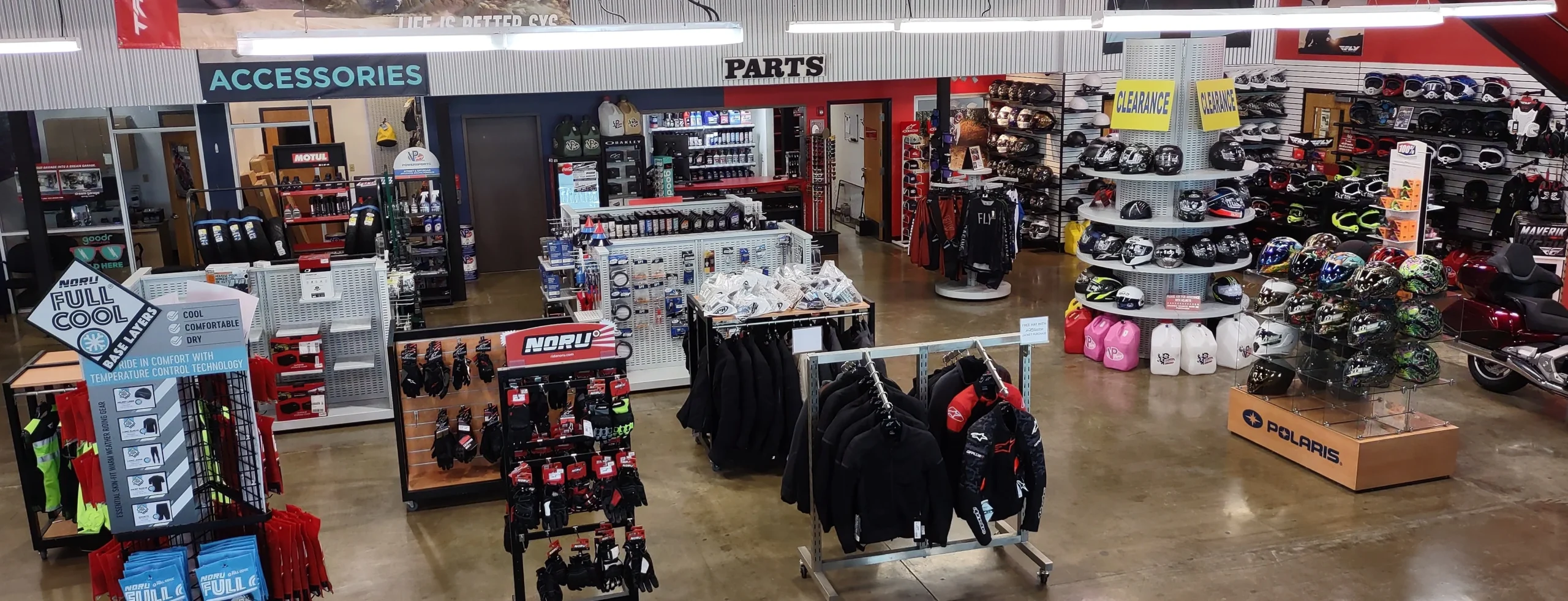Leading MX Gear NZ: Get Ready for Your Following Off-Road Journey
Leading MX Gear NZ: Get Ready for Your Following Off-Road Journey
Blog Article
Comprehending the Vital Parts of a Bike: A Comprehensive Guide for Fanatics
For motorcycle enthusiasts looking to boost their riding experience and ensure their bikes run smoothly, recognizing the crucial components of a motorbike is critical. Each component, from the engine's elaborate workings to the crucial function of the stopping mechanisms, not only influences performance but likewise safety and security and convenience.
Engine Elements

The camshaft plays an essential role in controlling the timing of the engine's shutoffs, ensuring the accurate opening and closing necessary for effective fuel and air consumption, in addition to exhaust expulsion. This timing is essential to maintaining optimum engine efficiency and efficiency. In addition, the carburetor or fuel injection system, depending upon the motorcycle design, is accountable for blending air with gas in the right ratio for burning.
The cooling system, either air or liquid-based, functions to preserve the engine's temperature level within functional limitations, avoiding getting too hot and making certain durability - motorcycle parts nz. Each part, meticulously made and integrated, contributes to the seamless operation of the engine, specifying the motorcycle's power output and total efficiency
Transmission System
Essential to the bike's performance, the transmission system makes sure reliable power transfer from the engine to the wheels. This system comprises several crucial elements, consisting of the clutch, gearbox, and final drive, each playing a crucial duty in equating the engine's power into motion. The clutch, normally run by a hand bar, serves to disengage the engine and engage from the transmission, enabling for smooth equipment changes and controlled velocity.
The transmission, often described as the transmission correct, includes a collection of equipments that riders can manually move through to adjust the bike's speed and torque outcome. These equipments are set up in a sequence that allows the bike to increase efficiently and maintain optimum engine performance across numerous speeds. A lot of bikes use a sequential transmission, requiring the biker to shift equipments in a fixed order.
Braking Systems
While comprehending the transmission system is key to using a motorbike's power, equally important is the capability to manage and stop that power successfully, which is where braking systems enter into play. Brakes are vital for safety and efficiency, offering the biker with the needed control to navigate numerous surfaces and problems. Usually, motorbikes feature two types of stopping systems: disc brakes and drum brakes.
Disc brakes are more widespread in contemporary bikes due to their superior performance. This system provides far better warm dissipation, regular performance, and enhanced stopping power, specifically in damp conditions.
Conversely, drum brakes, though less typical, are still discovered in some bikes. They work by pushing brake shoes versus the inner surface of a drum affixed to the wheel. While typically much less effective in heat dissipation and stopping power, drum brakes are less complex and much more affordable.
Recognizing these braking systems' nuances enables riders to preserve their bikes appropriately and value the engineering that visit makes certain safe and reliable stopping.
Suspension and Steering
Suspension and steering systems are vital elements that considerably affect a bike's handling and experience comfort. The suspension system, being composed of forks at the front and shock absorbers at the rear, soaks up road irregularities, boosting stability and control. Front forks, generally telescopic or upside down, compress and rebound to minimize impacts, while back shock absorbers preserve tire contact with the road, vital for grip and safety.
Steering, centered around the handlebars, attaches the motorcyclist to the motorbike's directional control. The steering head bearings make certain smooth operation, enabling exact ability to move. Appropriate alignment and maintenance of these bearings are essential for predictable guiding action and decreasing rider exhaustion.
The suspension's motorcycle clothing adjustability is an additional crucial element; preload, damping, and rebound setups allow modification to suit numerous riding designs and conditions. This adaptability is vital for optimizing efficiency, whether navigating metropolitan roads or taking on tough tracks. Developments like electronic suspension systems provide real-time adjustments, enhancing ride high quality across diverse surfaces.

Electrical Solutions
After making certain a smooth and controlled experience through efficient suspension and guiding systems, interest transforms to the electric systems, a critical aspect of modern bikes. These systems play a crucial role not only in starting the engine yet additionally in powering different components that boost the performance and security of the bike.
At the heart of a motorcycle's electric system is the battery, which stores electric power essential for beginning the engine and powering auxiliary systems - mx gear nz. The alternator or generator, combined with the rectifier-regulator, ensures the battery remains Home Page charged while the bike is in procedure, converting mechanical power into electrical power and maintaining voltage degrees
The ignition system, one more vital component, is in charge of stiring up the air-fuel combination in the engine's cylinders. Modern motorbikes frequently make use of an electronic ignition system, supplying higher efficiency and dependability compared to standard systems.
Lighting systems, including fronts lights, tail lights, and signs, are likewise crucial, making sure exposure and safety for the rider. Extra digital parts such as sensing units, control systems, and displays add to advanced features like fuel injection monitoring, anti-lock stopping systems (ABS), and electronic control panels, even more enhancing the riding experience.
Final Thought
An extensive comprehension of a bike's essential elements, including the engine, transmission system, stopping mechanisms, suspension, steering, and electrical systems, is vital for enthusiasts intending to maximize performance, security, and comfort. Proficiency of these aspects permits educated decisions relating to maintenance and upgrades, ultimately enhancing the riding experience. By integrating this knowledge, motorcyclists can guarantee their bikes operate at peak effectiveness and dependability, consequently taking full advantage of both enjoyment and durability of their lorries.
For motorcycle fanatics looking to raise their riding experience and ensure their bikes run smoothly, comprehending the crucial elements of a motorcycle is extremely important.Important to the motorcycle's performance, the transmission system makes certain effective power transfer from the engine to the wheels.While recognizing the transmission system is essential to taking advantage of a motorbike's power, equally essential is the capacity to regulate and quit that power efficiently, which is where stopping mechanisms come into play. Usually, motorbikes feature 2 kinds of stopping systems: disc brakes and drum brakes.
A complete understanding of a motorcycle's crucial components, including the engine, transmission system, stopping systems, suspension, steering, and electrical systems, is crucial for lovers aiming to maximize performance, safety and security, and comfort.
Report this page